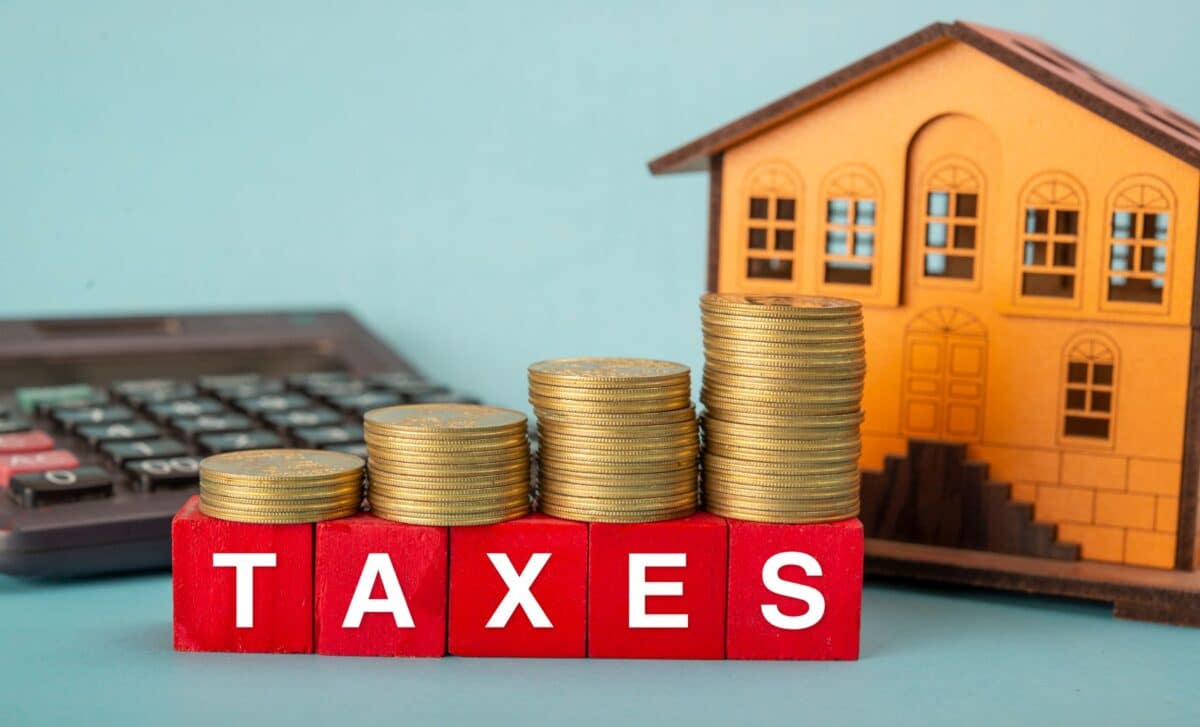Montana is on the verge of a major shift in its property tax system, with a proposed bill that could significantly lower taxes for primary homeowners while placing a greater burden on second-home owners.
House Bill 231, introduced by Governor Greg Gianforte, is progressing through the Montana Senate and could bring significant changes to the state’s property tax system.
According to Realtor.com, the proposed legislation aims to shift the tax burden, providing relief to primary homeowners while increasing taxes on nonprimary residences.
A Tax Relief Proposal for Primary Residences
The central aim of House Bill 231 is to ease the tax burden on Montana residents who live in their homes year-round. The proposed legislation would lower property taxes for primary residences and long-term rental properties, helping thousands of homeowners and small businesses across the state.
According to Kaitlin Price, deputy director of communications for Gianforte, the proposal could provide direct tax relief to over 215,000 primary residences and 32,000 small businesses, as well as indirect relief to approximately 130,000 renters.
The bill stems from a bipartisan task force launched in early 2024, aiming to reform the state’s property tax system while ensuring essential public services remain funded.
The Impact of Property Taxes on Homeowners
Unlike fixed-rate mortgages, property taxes and home insurance premiums can fluctuate over time, making them a growing financial strain for many homeowners.
Research from CoreLogic shows that, since 2019, property tax bills in the United States have increased by an average of 27%, outpacing wage growth and inflation in many regions.
One of the major criticisms of property taxes is their regressive nature. A homeowner earning $50,000 per year will pay the same tax on a $400,000 home as someone earning $200,000 annually. This creates a disproportionate burden on lower-income homeowners, particularly in high-demand housing markets.
By shifting tax obligations towards second-home owners, Montana lawmakers are seeking to ease this burden on full-time residents while maintaining a stable source of revenue for public services.
Montana’s Second-Home Boom
The decision to increase taxes on second homes is partly driven by Montana’s changing real estate landscape. The state saw a dramatic rise in nonprimary-residence purchases during the COVID-19 pandemic, as remote workers and wealthy buyers sought homes in scenic, low-density locations.
While the second-home market has returned to pre-pandemic levels in 2024, the influx of high-value properties has already reshaped Montana’s housing economy. By introducing higher tax rates on nonprimary residences, the state aims to redistribute tax burdens while ensuring long-term affordability for local homeowners.
National and International Perspectives on Second-Home Taxation
Montana is not alone in its attempt to restructure property tax policies. Vermont has introduced similar second-home tax increases, though the long-term effects on real estate and tourism remain uncertain.
Internationally, countries such as France and Canada have implemented pied-à-terre taxes, designed to limit housing shortages and generate revenue for local services.
However, in the United States, such policies have faced resistance from second-home investors and real estate advocates, who argue that higher taxes could discourage investment.
The Road Ahead for House Bill 231
The bill is currently under review by the Montana Senate Taxation Committee, where lawmakers may introduce amendments before advancing the legislation. If approved, it would represent a shift in how Montana funds public services while maintaining affordability for full-time residents.
For now, the debate continues over whether higher taxes on second homes will effectively balance housing affordability and state revenue needs—or if it risks unintended consequences for Montana’s economy and real estate market.









